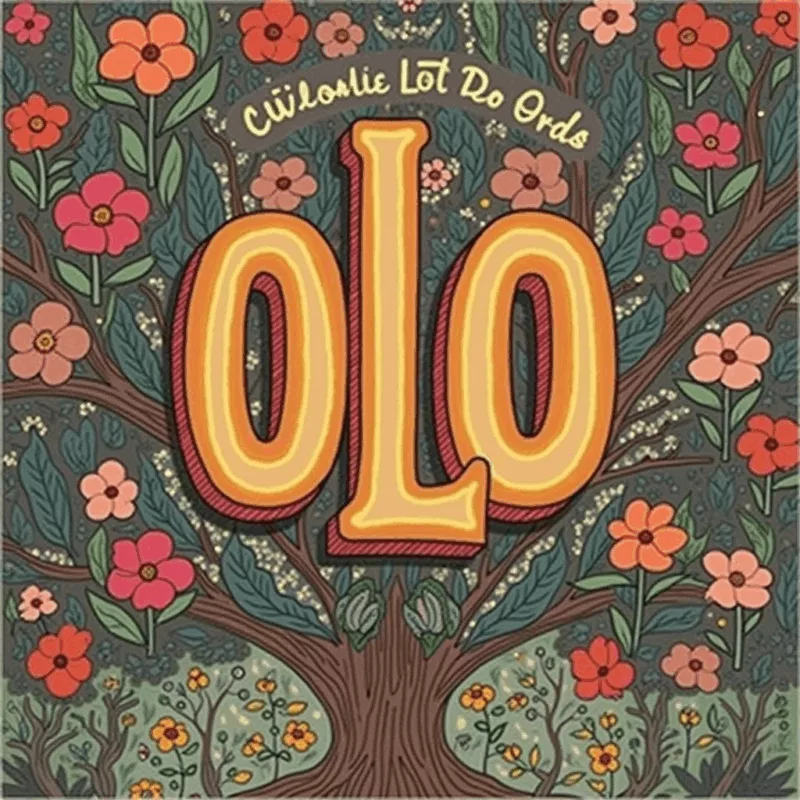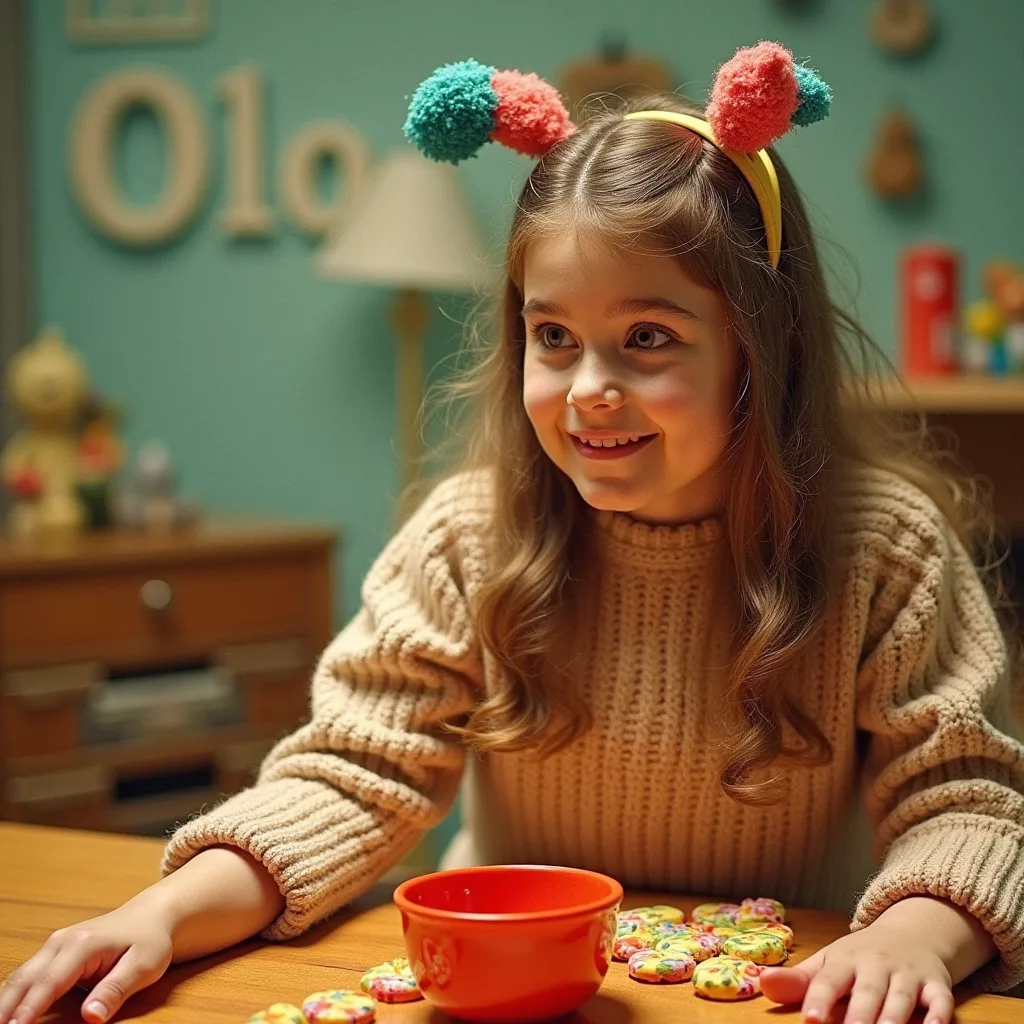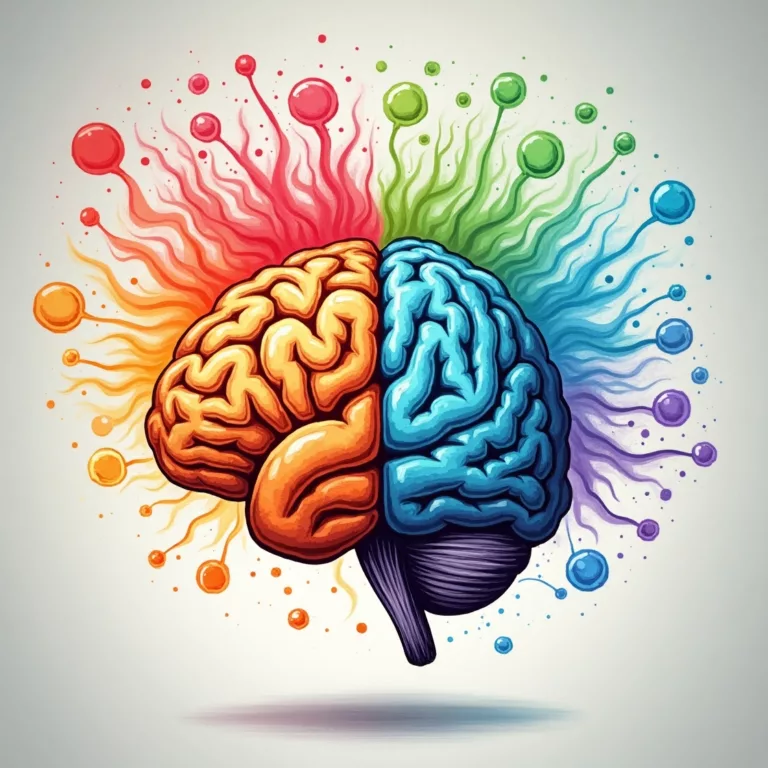“Olo” Emerges: The Dawn of a New Era in Color Perception
The new color “Olo” enters the scene as a remarkable scientific breakthrough in visual perception, challenging our traditional understanding of the visible spectrum. This one-of-a-kind hue bridges the realms of neuroscience and art, with an unexpected link to the classic film The Wizard of Oz.
For centuries, we believed we had seen every color the world had to offer. But today, “Olo” proves that our visual system still holds secrets worth discovering.
What Is “Olo” and How Was It Discovered?
“Olo” represents an entirely new visual experience—not just a shade of an existing color, but a perceptual phenomenon that goes beyond the traditional spectrum. When the human brain is exposed to specific patterns of light, a unique reaction occurs between neurons responsible for vision, generating the sensation of a color we’ve never experienced before.
Scientists classify “Olo” as a “neural color” rather than a spectral one. This means it doesn’t correspond to a single wavelength of light but arises from the brain’s interpretation of overlapping visual stimuli. It’s similar to so-called “impossible colors” like reddish-green or yellowish-blue—but takes things a step further by presenting a completely novel color sensation.
The Technology Behind the Discovery
This extraordinary discovery relied on advanced technologies, including:
- Digital color-mapping software
- High-precision eye-tracking systems
- Ultra-HD screens
- Sophisticated virtual reality environments
Using these tools, researchers created specific light and shadow patterns that stimulated participants’ brains to perceive “Olo”. This process highlights the extraordinary complexity and adaptability of the human visual system.
The Magical Connection Between “Olo” and The Wizard of Oz
The relationship between “Olo” and The Wizard of Oz runs deeper than mere symbolism—it involves a visual and cultural resemblance. The new color closely resembles the shimmering green of Emerald City, the magical shade that dazzled Dorothy and her companions, leaving audiences enchanted.
Symbolism and Cultural Impact
The metaphor extends further:
- Just as Dorothy transitioned from a black-and-white world into a vibrant, colorful one, the discovery of “Olo” symbolizes our shift into a new dimension of perception.
- This scientific breakthrough echoes the wonder and magic that the film embodies.
- “Olo” challenges our understanding of reality—just as Dorothy’s journey did.
This cultural connection helps make the concept of “Olo” more accessible to the general public, anchoring a complex discovery in a familiar narrative.
The Impact of “Olo” on Art, Design, and Psychology
The discovery of “Olo” unlocks exciting possibilities across several disciplines, redefining how we understand visual perception and apply it creatively and scientifically.
A Revolution in Art and Design

Artists and designers now have the opportunity to:
- Create digital artworks that incorporate “Olo” to evoke unprecedented emotional responses
- Develop augmented reality experiences that immerse viewers in Olo-colored environments
- Expand the visual language beyond the traditional color spectrum
Contributions to Psychology and Perception
Understanding how we perceive “Olo” opens doors to significant research:
- Deeper studies of human consciousness and visual awareness
- Exploration of how the brain constructs visual reality
- New insights into the emotional impact of color
Applications in Marketing and Branding
“Olo” offers exciting potential for:
- Creating unforgettable brand experiences—similar to how “Tiffany Blue” or “Millennial Pink” became iconic
- Developing marketing strategies based on emotional reactions to Olo
- Crafting visual identities that stand out in a saturated media landscape
Advances in Vision Science and Medicine
This discovery could also lead to breakthroughs in:
- New treatments for color blindness and visual impairments
- Enhanced understanding of how the brain processes visual data
- Improved medical imaging and visual diagnostic tools
The Future of “Olo”: A New Age of Visual Discovery
While “Olo” is still in its early stages of research, its potential implications are vast. This discovery reminds us that even in well-studied domains like color, there are still mysteries to unravel.
What’s Next for “Olo” Research?
Scientists aim to:
- Expand visual perception studies involving “Olo” across diverse populations
- Develop more stable technologies to reproduce the color consistently
- Explore the possibility of other undiscovered neural colors
A Growing Cultural Phenomenon
Just as Emerald City became a pop culture icon, “Olo” may soon become:
- A topic of discussion in artistic and scientific communities
- A source of inspiration for new artistic movements
- A part of our collective imagination and visual language
Conclusion: A Journey Into a New Realm of Perception
The discovery of “Olo” marks a turning point in our understanding of human perception. Like Dorothy’s yellow brick road leading to a previously unseen world, “Olo” invites us to reimagine the boundaries of visual experience and explore the untapped potential of the human brain.
As scientists and artists continue to push these boundaries, one thing is certain: We will never look at color the same way again.
Useful External Resources for Further Exploration
- Institute for Color and Visual Perception Studies
- Advanced Neuroscience Journal: Neural Color Research
- Museum of Modern Art: New Visual Perception Exhibition
- Center for Human Perception Research
Related Articles on Our Site
- How Colors Influence Our Mood and Behavior
- A History of Color Discoveries Through the Ages
- The Strangest Visual Phenomena That Baffle Scientists
- How Animals See Color Differently from Humans
Article last updated on April 25, 2025 – Latest developments on the discovery of the color “Olo”







